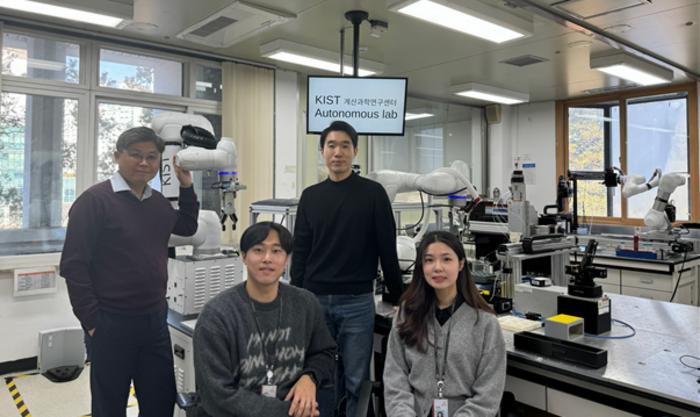MTJ device with the world’s highest TMR performance developed through precision interfacial control
The National Institute for Materials Science (NIMS) has achieved a tunnel magnetoresistance (TMR) ratio of 631% at room temperature, breaking the previous world record which had stood for 15 years. This was accomplished by fine-tuning the interfaces in a magnetic tunnel junction (MTJ). This MTJ exhibited very large TMR ratio oscillation effect with a peak-to-valley […]

The National Institute for Materials Science (NIMS) has achieved a tunnel magnetoresistance (TMR) ratio of 631% at room temperature, breaking the previous world record which had stood for 15 years. This was accomplished by fine-tuning the interfaces in a magnetic tunnel junction (MTJ). This MTJ exhibited very large TMR ratio oscillation effect with a peak-to-valley (PV) difference of 141%. This phenomenon may be exploitable to significantly increase the sensitivity of magnetic sensors and the capacity of magnetoresistive random access memory (MRAM).

Credit: Hiroaki Sukegawa
National Institute for Materials Science
The National Institute for Materials Science (NIMS) has achieved a tunnel magnetoresistance (TMR) ratio of 631% at room temperature, breaking the previous world record which had stood for 15 years. This was accomplished by fine-tuning the interfaces in a magnetic tunnel junction (MTJ). This MTJ exhibited very large TMR ratio oscillation effect with a peak-to-valley (PV) difference of 141%. This phenomenon may be exploitable to significantly increase the sensitivity of magnetic sensors and the capacity of magnetoresistive random access memory (MRAM).
Tunnel magnetoresistance (TMR) is a dramatic change in the tunneling current in an MTJ—which consists of two ferromagnets separated by a thin insulator—when the relative magnetizations of the two ferromagnetic layers change in alignment. This effect has been used in highly sensitive, tiny magnetic sensors and energy-efficient MRAM. Sensor sensitivity and MRAM density can both be increased by using MTJs capable of producing larger TMR ratios (i.e., differences in electrical resistance generated by an MTJ when the magnetization orientation of its two ferromagnets switches between parallel and antiparallel). A room-temperature TMR ratio of 604% recorded in 2008 remained as the world record until recently. Because this record stood out for years, it had been widely believed that little room for improvement remained in magnetic sensor and MRAM performance.
This NIMS research team recently broke this TMR ratio record by precisely controlling interfaces in an MTJ consisting of two thin magnetic layers separated by a thin insulation layer. The team made atomic-scale modifications to the MTJ, including the fabrication of all of its layer components from single crystals and the addition of an ultrathin metallic magnesium layer between the magnetic and insulation layers. As a result, the team was able to create an MTJ with a maximum TMR ratio of 631%. In addition, the TMR ratio of this MTJ was found to oscillate with a PV difference of 141%—significantly greater than the PV difference of existing MTJs (up to a few dozen percent). This result was consistent with the previous finding that the oscillation PV difference of a TMR ratio is greatly influenced by the thickness of the insulation layer. In future research, the team will work to shed light on the poorly understood relationship between TMR ratios and their oscillation PV difference by investigating the mechanisms behind the large PV difference observed in this research. This understanding may enable the team to break its own room-temperature TMR ratio world record.
Using this breakthrough result, the team will work to accelerate the development of ultrasensitive magnetic sensors for medical use and very large capacity MRAM.
***
This project was carried out by a research team led by Thomas Scheike (Special Researcher, Research Center for Magnetic and Spintronic Materials (CMSM), NIMS) and Hiroaki Sukegawa (Group Leader, CMSM, NIMS). This work was partly based on the results obtained from a Project commissioned by the New Energy and Industrial Technology Development Organization (NEDO) via No. JPNP16007.
This research was published online in Applied Physics Letters (vol. 122, issue 11) on March 15, 2023.
Journal
Applied Physics Letters
DOI
10.1063/5.0145873
Method of Research
Experimental study
Subject of Research
Not applicable
Article Title
631% room temperature tunnel magnetoresistance with large oscillation effect in CoFe/MgO/CoFe(001) junctions
Article Publication Date
15-Mar-2023
What's Your Reaction?

































